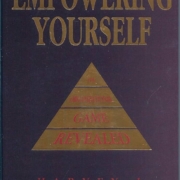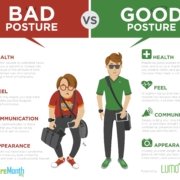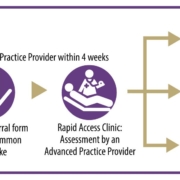Medication & MSK Pain: Understanding Your Options
Dealing with aches and pains is no fun, especially when it affects your muscles and joints (that’s what MSK stands for – musculoskeletal!). Understanding your medication options can be a big help in managing discomfort and getting back to doing the things you love.
This article will break down common medications used for musculoskeletal pain, helping you make informed decisions alongside your healthcare provider.
Different Medications, Different Approaches
Not all pain is the same, and neither are the medications used to treat it. Here’s a breakdown:
1. Over-the-Counter (OTC) Relief:
NSAIDs (Nonsteroidal Anti-Inflammatory Drugs): These are often the first line of defense for mild to moderate pain. They work by reducing inflammation, which is often the root cause of discomfort.
Examples: Ibuprofen (Advil, Motrin), Naproxen (Aleve), Aspirin
Things to Consider: Long-term use of NSAIDs can have side effects like stomach irritation or heartburn. Talk to your doctor if you need them for extended periods.
Acetaminophen: This medication is great for pain relief but doesn’t target inflammation.
Examples: Tylenol
Things to Consider: It’s important to follow dosage instructions carefully, as exceeding the recommended amount can harm your liver.
2. Prescription Strength:
Stronger NSAIDs: Your doctor might prescribe these if OTC options aren’t providing enough relief.
Muscle Relaxants: These medications are helpful for muscle spasms and tightness, often prescribed alongside other pain relievers.
Topical Pain Relievers: Creams, gels, or patches applied directly to the skin can provide targeted relief, especially for localized pain.
3. Other Options:
Corticosteroids: These powerful anti-inflammatories are typically used for short periods to manage flare-ups of conditions like arthritis. They can be taken orally or injected directly into the affected joint.
Opioids: These medications are reserved for severe pain and are prescribed cautiously due to their potential for dependence and side effects.
Antidepressants and Anticonvulsants: While primarily used for mental health conditions, certain medications in these classes have been found to help manage chronic pain, particularly nerve-related pain.
Finding the Right Fit for You
It’s crucial to remember that self-treating can be risky. Here’s how to ensure you’re taking the right approach:
Consult Your Doctor: Always discuss your pain with your healthcare provider to determine the underlying cause and the safest, most effective treatment plan.
Be Open and Honest: Share your medical history, including any allergies or other medications you’re taking, to prevent potential interactions.
Follow Instructions Carefully: Take medications exactly as prescribed and don’t hesitate to ask your doctor or pharmacist if you have any questions.
Explore Non-Medication Options: Physical therapy, exercise, hot/cold therapy, and relaxation techniques can be valuable tools for managing pain alongside medication.
Taking Control of Your MSK Health
Managing musculoskeletal pain often involves a multi-faceted approach. By understanding your medication options and working closely with your healthcare provider, you can find a safe and effective way to relieve discomfort and improve your quality of life. Remember, you’re not alone in this journey, and there are resources available to support you every step of the way.









